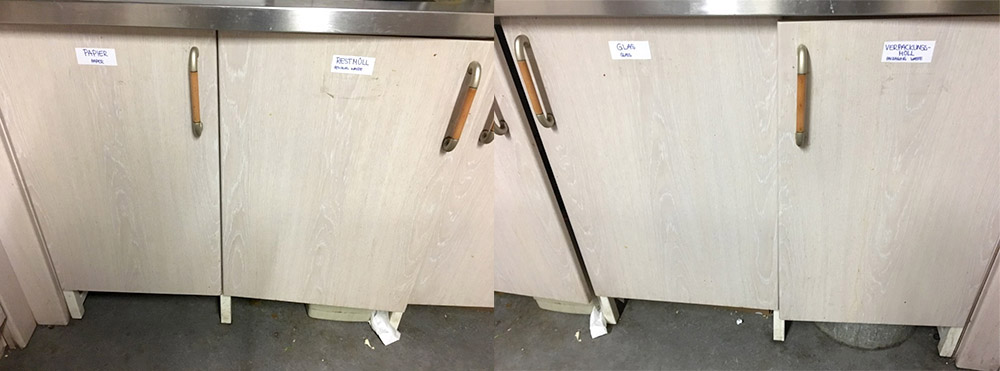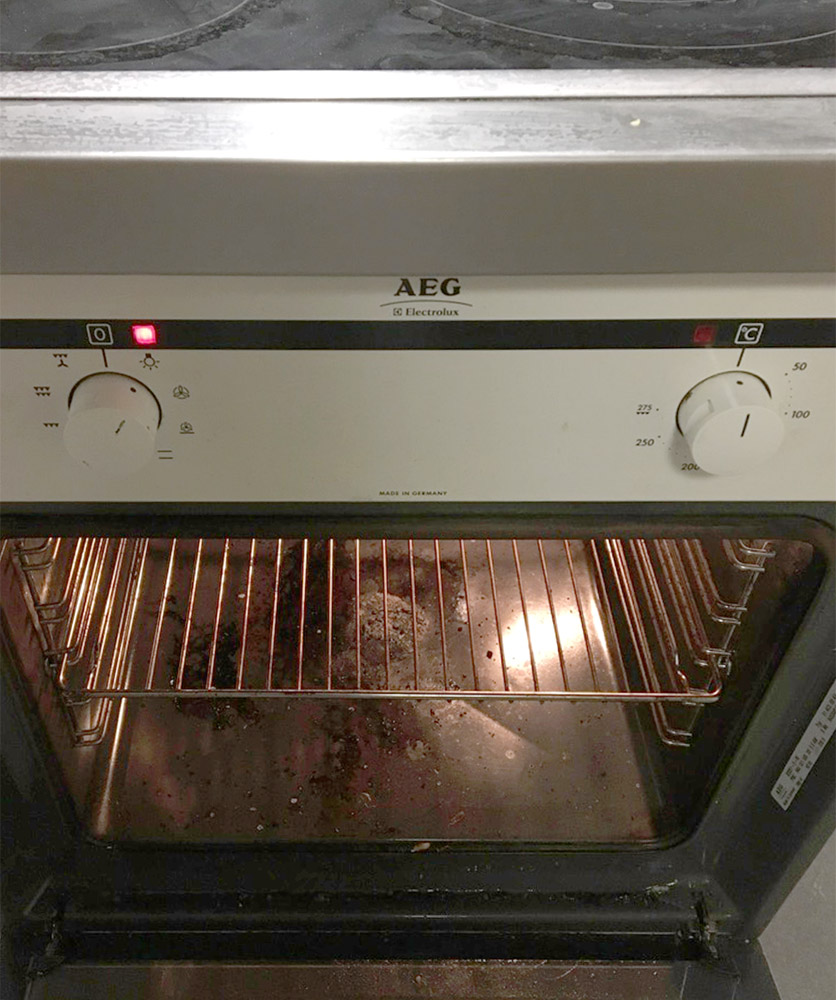When I was thinking about this post, I was trying to think of something new, exciting, and original, like travel adventures and crazy things happening at the beginning of my German adventure. But everything has gone super smoothly (because the people at IES are wonderful and have helped us so much) and surprisingly, traveling has also gone really well. Exploring has been a lot of fun too, but my biggest challenge so far has been figuring out my apartment. At first I thought that figuring out things like outlets, showers, and other household utilities would be the hardest – but nope, it was the kitchen.
Let me start off with the fact that I have some truly amazing German roommates (or as I call them in German, Mitbewohner). They are incredibly helpful and answer all my questions about things they have done their whole lives. Not all of them are here right now because the University here in Freiburg is on semester break, so a few have stayed to work over the break, but a lot have left. So for all of y’all that are looking at studying abroad, one of the biggest pieces of advice I can give you is to get to know your roommates as soon as you can if you are lucky enough to live with natives. They are an invaluable resource and know what’s happening even when you have no clue. Anyway, with that tangent over, here are the things that threw me off about German kitchens:
First, the trash system. Students in the US learning German often learn about this complex trash system but until you’ve actually experienced it, it’s hard to fully understand. In my apartment, there are four trash cans. One for paper/cardboard, one for glass, one for packaging waste (foil, Saran wrap, chocolate wrappers…), and one for everything else that doesn’t fit in the other categories like organic materials. Luckily they’re labeled so I can figure it out most of the time. But there are exceptions. For example, broken glass goes in the everything else bin, which I found out when I broke a plate. Also…what about plastic? Well, for plastic bottles you take them back to the store, put them into a machine which breaks them down, and you get some money that you spent on the bottle back. It’s called the Pfand and it’s actually really cool.



